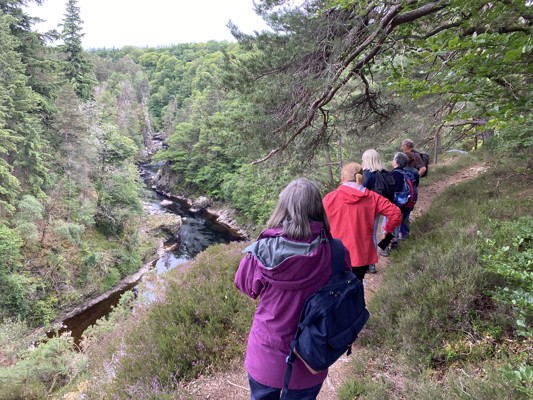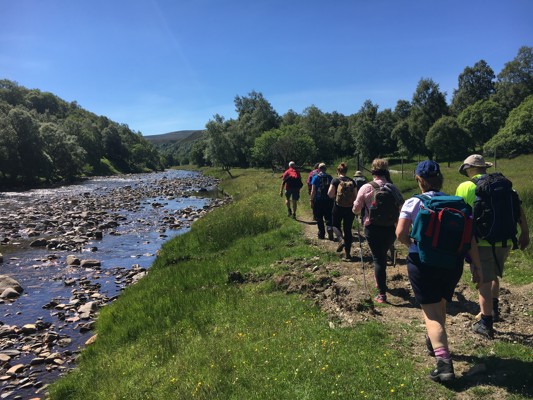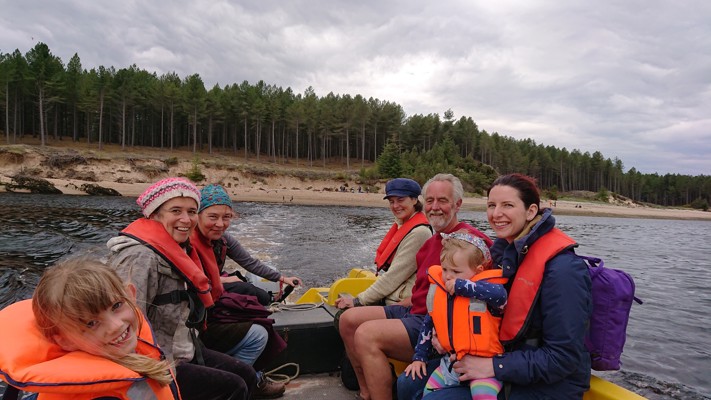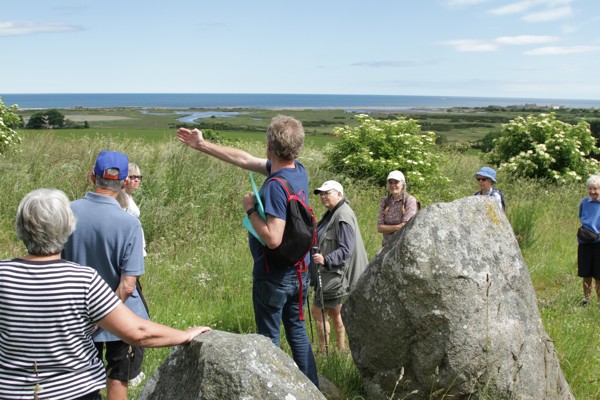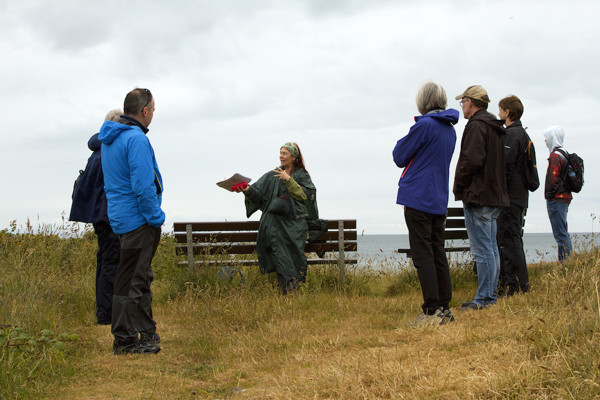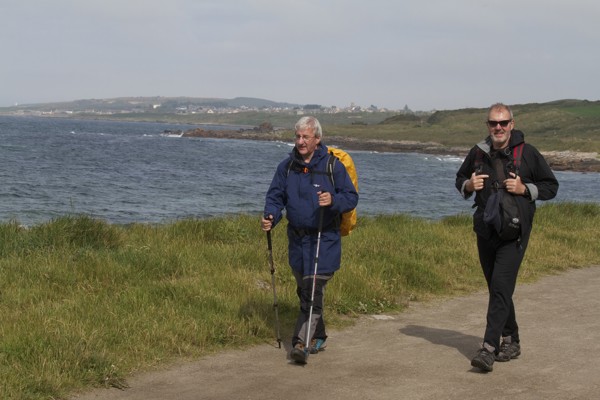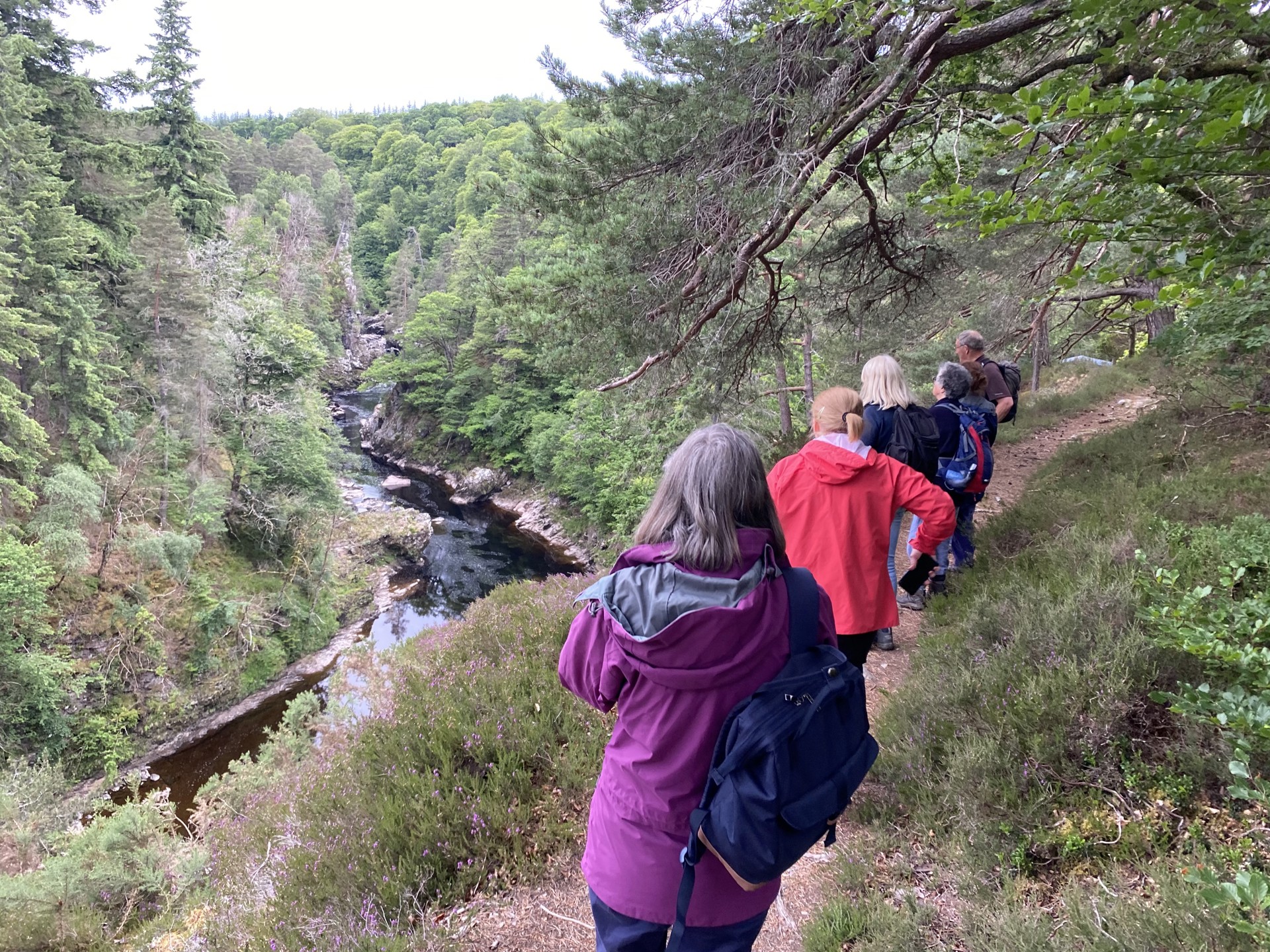
The Moray Way and Moray Walking & Outdoor Festival
by Robin McKelvie“This is a great part of the world for walking, with everything from hills and glens, right through to riverside and coastal walks,” enthuses Diane Smith, Project Manager with the Moray Way Association. “In the Moray Way we have a world-class walking route and with the Moray Walking & Outdoor Festival a brilliant multi-day event that moves beyond walking to offer myriad experiences. Experiences that get people closer to nature, heritage and the local communities, which we help them learn more about and engage with.”
The Moray Way Association was founded in 2009 after a public meeting in Elgin to gauge interest in promoting the Moray Way, a long-distance walk that unusually offers a walker-pleasing circular walking route. Their first project was to create a map of the Moray Way, which was ahead of its time by also including details of the suitability of route sections for other outdoor activities such as cycling, horse-riding and even kayaking, as well as marking out a flurry of local attractions.
Epic Scenery
The waymarked Moray Way is a superb walking route that can be mentioned in the same breath as the West Highland Way – it is actually four miles longer at a round 100 miles. It is in fact, a rich collage of walks woven into one, taking in the entirety of the Dava Way, two-thirds of the Moray Coast Trail and approximately half of the Speyside Way. This pleasing loop can be tackled in anything between five and nine days – I recommend not rushing it, as there is a lot of epic scenery to take in!
The seriously varied Moray Way sweeps you by the River Spey and the Moray Coast. On the latter, you’ll find post-Caledonian sediments, Old Red Sandstone, and later Permo-Triassic desert sandstones around Burghead and Lossiemouth, remnants of a desert 250 million years ago. If the local sandstone looks familiar, it should be as stone quarried near Hopeman was used in the Scottish Parliament buildings. Then there are the dinosaur footprints found around there, some of which now star at the Kelvingrove in Glasgow.
Remarkable Wildlife
We’re talking remarkable wildlife en route too. In the waters look out for everything from seals lazing around the shore, through to minke whales and bottlenose dolphins skipping along the deeper water. For dolphins you can visit the Scottish Dolphin Centre at Spey Bay or Burghead Visitors Centre. You can also spot otters on the Moray Way too, while in the air a flurry of seabirds star alongside birds of prey inland. On land highlights include pine martens, red squirrels, and both red and roe deer.
The imprint of man is equally beguiling walking the Moray Way. You delve back from the modern day to discover Pictish settlements at Burghead and then it’s on to the world of the real 11th-century Scottish King Macbeth around Forres. And another star is the old Highlands Railway to the south, which now forms the Dava Way path, whilst the whisky distilling heritage of Speyside compels too, with a wee dram at the end of another great day of walking always welcome.
Plethora of Walks
“The success of the Moray Way – and the plethora of walks available all over the Moray region – led naturally to the setting up of the Moray Walking & Outdoor Festival in 2012,” says Smith. “Its aim was not only to promote the route, but to increase inward tourism in small rural community areas, promote Moray as a destination for walkers of all abilities and to encourage healthy lifestyles. It was so popular that it was extended from three days to 10 in 2014.”
Today the Moray Walking & Outdoor Festival is one of the biggest walking festivals in Scotland and one of the most wildly popular. Smith enthuses about “diverse landscapes, with rivers, beaches, moorland, hills, and more, a whole range of events”. One of its main selling points is that it is held over Midsummer, so you get the best chance of fine weather and – crucially – very long days to make the most of.
Another attractive aspect of the festival is that it is open to people of all tastes and fitness levels, not just always a testing route march. Smith describes some of the highlights of the festival: “The Evening Walk to Blackwater Lodge, led by the Dorenell Ranger Service, has become very popular. It’s only 7 miles and held on a Midsummer evening so the light is beautiful and in the past there’s been short-earned Owls and Golden Eagles spotted. Then Dr John Barrett always leads a short heritage walk. A Mile in the Middle Ages is just that, as he traces the origins and development of the Royal Burgh of Forres” “The festival is all about seeing landscapes in a new way, revealing things that maybe even some local people didn’t know about,” says Smith.
I’m particularly impressed by how many groups and bodies are involved in putting and running the festival walks. Smith tells me this year they have 21 different organisations. Bringing in experts from other fields, businesses and groups expands the focus of the festival far beyond what you would just get with either your own volunteers or solely professional walking guides. This automatically enmeshes the community into the festival and brings you closer to meeting local people. It also spreads the money you put into the community around.
Walking Library
A third string to the Moray Way Association bow grew arms and legs during Covid. They were contracted by Moray Council to re-develop the Moray Ways website. Their work has been a massive success with the site now getting 5,000-8,000 visits in summer. Smith says, “We took over this massive knowledge base from the Council with over 150 trails or walks and we’ve been encouraging community members and groups to update them, and we’re working towards a comprehensive digital library of paths throughout the region, with waterways to come.”
Not people to rest on their hard-won laurels, Smith tells me the Moray Way Association has had an artist in residence for a year. Smith explains, “Lise Olsen, our AIM (Arts In Moray) Artist, has been in residency for the Moray Way and has created a produced a sound walk which has captured moments while walking.” The Moray Sound walk which will be launched during the Festival, can be found on the free ECHOES app. By listening to the soundscapes and audio clips during your walk, you can gain an insight into the rhythm, history, ecology and community of the Moray Way.
The Moray Way Association chime with the aims of SCOTO on many levels. Their work directly benefits the health and wellbeing of the community. And it promotes the region, encouraging locals and visitors to engage with local groups and businesses. Whether you just fancy unearthing a long forgotten route on the Moray Ways website, exploring a section of the Moray Way for a day, or throwing yourself into the sheer joy that is the Moray Walking & Outdoor Festival, you won’t regret getting your boots on and heading off to Moray.
